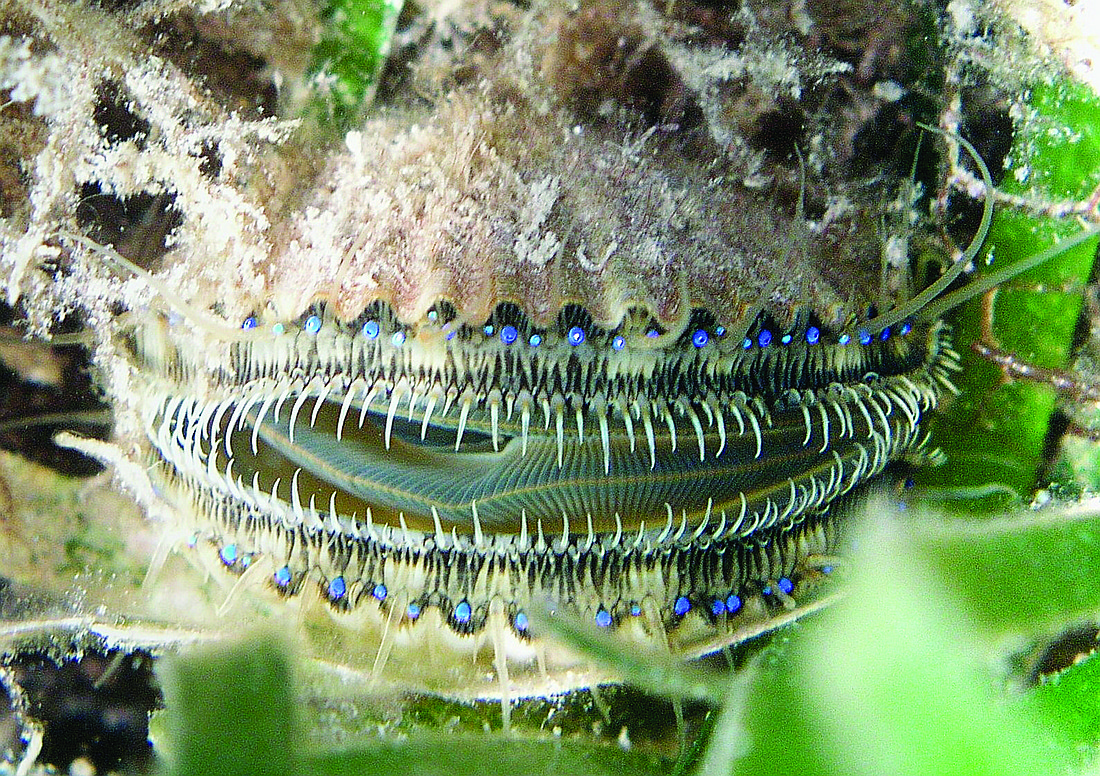- April 16, 2024
-
-
Loading

Loading

Since its formation in 1926, the Sarasota Yacht Club has been a strong advocate for recreational boating activities and marine stewardship. Club members have long recognized that they have an obligation to support and foster a healthy boating environment throughout the region.
Over the past 85 years, Sarasota’s coastal environment has changed considerably. At one time, a wide variety of marine life was abundant in our coastal area. Shellfish of all types flourished, and bay scallops were prevalent throughout our waters. Locals tell stories from when they were youngsters of harvesting scallops in the seagrass beds common along the shoreline.
Over the past few decades, scallops in our local water have declined greatly. In 2010, a report from the Florida Wildlife Conservation Commission noted the scallop population in Sarasota Bay had been dramatically reduced and was “an area of concern and a focus for enhancement.”
Scientists aren’t positive what caused the decline, but they think it was a combination of over-harvesting, declining seagrass habitat, turbid water and red tide. The remaining individual scallops were too isolated to reproduce successfully and restore a vibrant, self-sustaining population.
The core population of bay scallops in Florida is located about three hours north of us near the town of Steinhatchee. Recreational harvesting is allowed around those waters, because the Florida Wildlife Research Institute has determined these scallops are sustainable.
Experts believe restoration could be successful in Sarasota by raising scallops in fish hatcheries and releasing scallop larva into local seagrass beds, where the scallops could grow to adulthood. With a multi-year effort of hatchery releases, it is expected enough scallops would eventually be living in our area to become self-perpetuating.
Many coastal communities throughout the country are actively working to restore scallops and other marine life to their coastal waters. Programs throughout the mid-Atlantic and Northeast regions, including Virginia and New York, have been successful in starting to restore local scallop populations. The people in these areas particularly recognized the important role shellfish play in improved water clarity, as the shellfish remove phytoplankton and suspended particles from the water.
In addition, scallops play an important role in the estuarine food web by consuming plankton and becoming food for higher-level predators such as crabs, starfish and game fish. Based on prior research from Mote Marine Laboratory, the Florida Wildlife Conservation Commission and several universities, a new scallop restoration project is being coordinated in our area by Sarasota Bay Watch. This is a nonprofit group focused on preserving and improving our coastal habitat through shoreline restoration and community education.
Recently, the Sarasota Yacht Club agreed to help sponsor the scallop restoration program being coordinated by Sarasota Bay Watch. During the next few months, club members and the public will have an opportunity to learn more about this pivotal project and get involved at all levels. For example, Sarasota Bay Watch will be hosting the Great Scallop Search on the morning of Saturday, Aug. 13. The 2011 Scallop Search is funded through a grant from The Community Foundation of Sarasota County Inc., made possible through the Robert R. Harlan and Susan H. Lowry Harlan Fund.
This marks the fourth time this study has been undertaken to identify the location and quantity of scallops in our local waters. Boaters are invited to participate in this important event and help gather crucial data. Volunteers receive basic instruction on how to identify, count and measure scallops; then, they are deployed in the bay for this one-day research project. It’s a family-friendly day of snorkeling in our beautiful and productive seagrass beds, followed by a lunch provided by Mar Vista Restaurant on Longboat Key. All participants also receive commemorative T-shirts.
If you’d like to learn more about Sarasota Bay Watch and how you can support this and other efforts to ensure the health and vitality of our coastal waters, visit www.SarasotaBayWatch.org.
Jeff Birnbach is commodore of the Sarasota Yacht Club. John Ryan has been an environmental scientist for Sarasota County for many years and is an active participant in three national estuary programs in the region. He is a founding member of Sarasota Bay Watch.
IF YOU GO
SCALLOPOLLOOZA — REPAY THE BAY
WHEN: 7 p.m. Saturday, Aug. 6
WHERE: Sarasota Yacht Club, 1100 John Ringling Blvd.
TICKETS: $50 per person
BENEFITS: Half the proceeds will benefit scallop hatchery restoration and help repay the bay.
INFORMATON: www.sarasotabaywatch.org